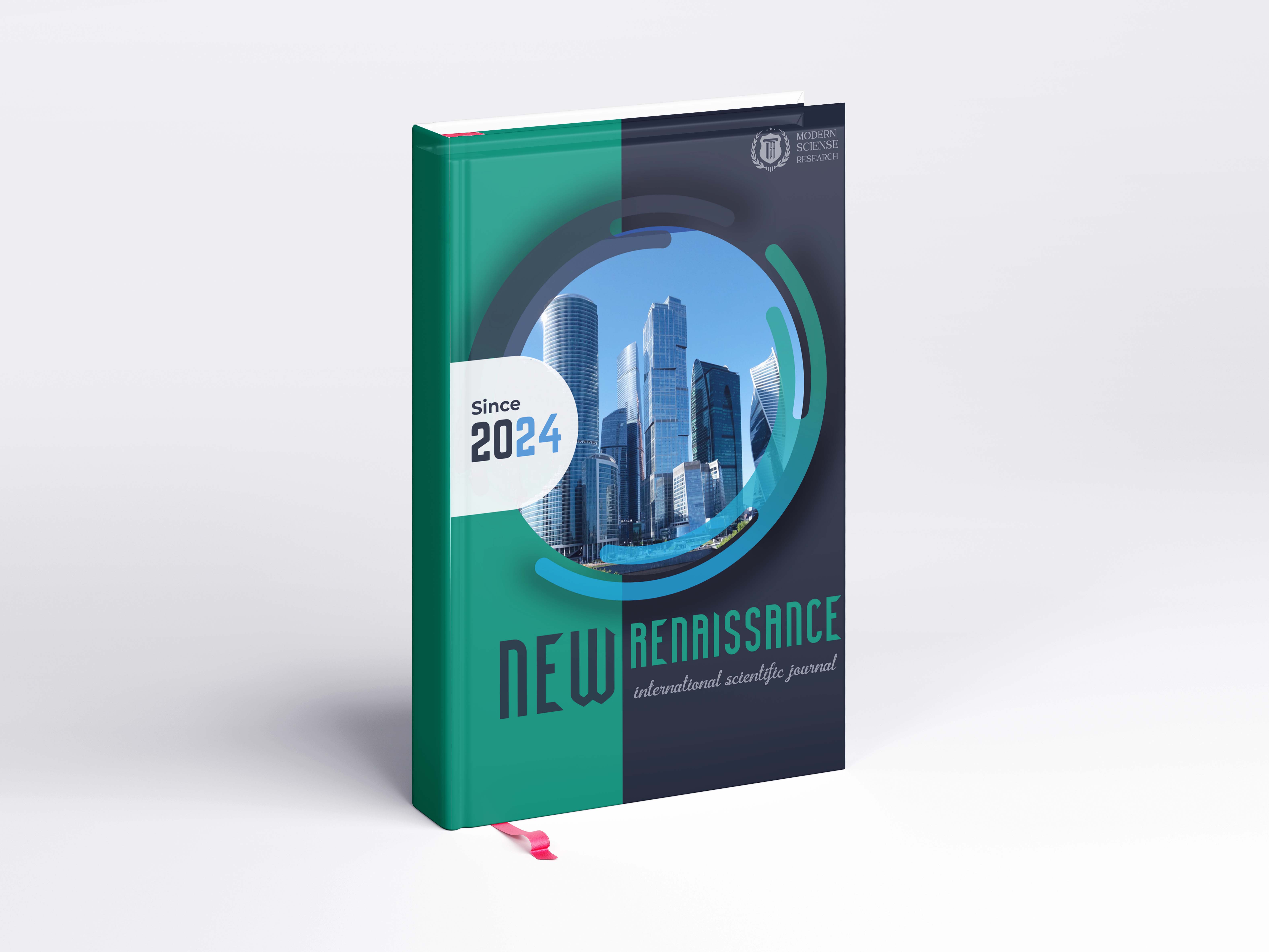Abstract
Inflammation is a vital biological response that protects the body from harmful stimuli such as pathogens, damaged cells, and irritants. This complex process involves a series of cellular and molecular events aimed at eliminating the initial cause of injury, removing dead cells, and initiating tissue repair. Inflammation can be classified into acute and chronic types, each with distinct mechanisms and clinical implications. Acute inflammation is characterized by rapid onset and the presence of neutrophils, whereas chronic inflammation involves prolonged immune activation and tissue remodeling. The pathogenesis of inflammation is driven by interactions between immune cells, cytokines, and vascular components, resulting in the classical signs of redness, heat, swelling, pain, and loss of function. Understanding the molecular pathways and clinical features of inflammation is essential for effective diagnosis and treatment of various inflammatory diseases.
References
Abbas, A. K., Lichtman, A. H., & Pillai, S. (2022). Basic Immunology: Functions and Disorders of the Immune System (6th ed.).
Kumar, V., Abbas, A. K., & Aster, J. C. (2020). Robbins and Cotran Pathologic Basis of Disease (10th ed.).
Medzhitov, R. (2008). Origin and physiological roles of inflammation. Nature, 454(7203), 428–435. https://doi.org/10.1038/nature07201
Serhan, C. N., & Savill, J. (2005). Resolution of inflammation: the beginning programs the end. Nature Immunology, 6(12), 1191–1197.
Ferrero-Miliani, L., Nielsen, O. H., Andersen, P. S., & Girardin, S. E. (2007). Chronic inflammation: importance of NOD2 and NALP3 in interleukin-1β generation. Clinical and Experimental Immunology, 147(2), 227–235.
Dinarello, C. A. (2011). A clinical perspective of IL-1β as the gatekeeper of inflammation. European Journal of Immunology, 41(5), 1203–1217.
Nathan, C., & Ding, A. (2010). Nonresolving inflammation. Cell, 140(6), 871–882.
Libby, P. (2007). Inflammatory mechanisms: the molecular basis of inflammation and disease. Nutrition Reviews, 65(suppl_3), S140–S146.
